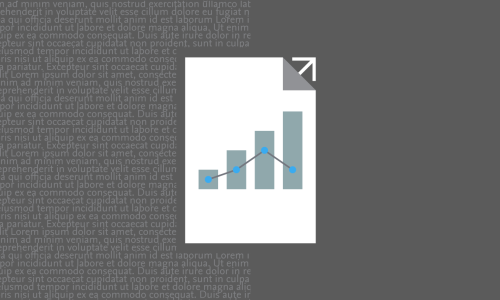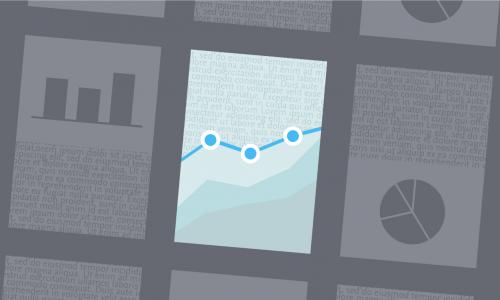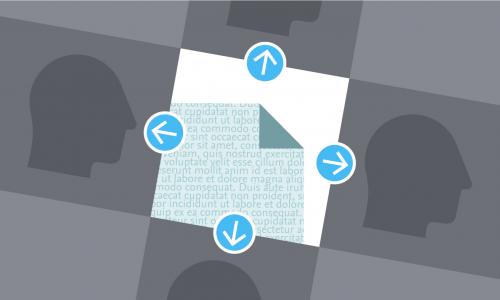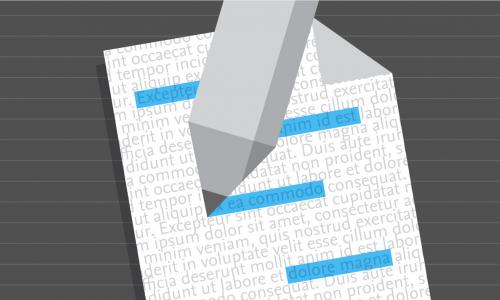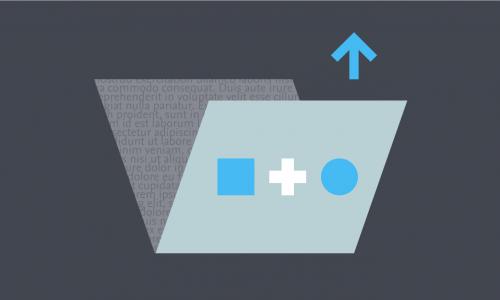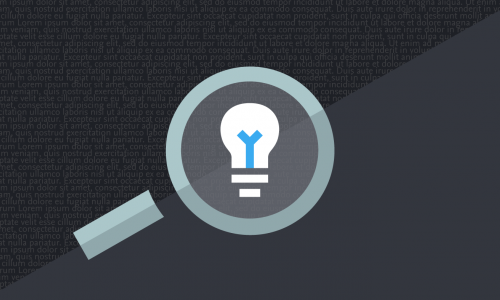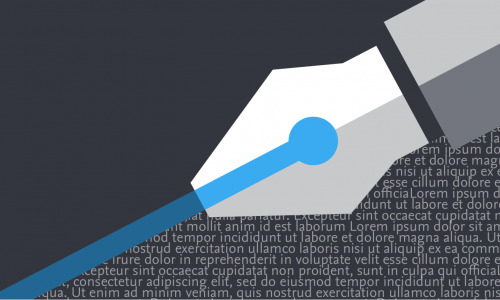Technical writing skills
Depending on your field of study, there are different types of articles and formats you’ll need to master. The LaTeX typesetting system, for example, has proven to be a powerful tool for researchers in fields where tables, figures, and formulae are regular manuscript features. Like any technology, there are tips and tricks that can make it easier to use. In this beginners’ guide, we walk you through them.
What you will learn
- Practical advice to get you started
- Guidance on using the system
- Some golden rules and common mistakes
